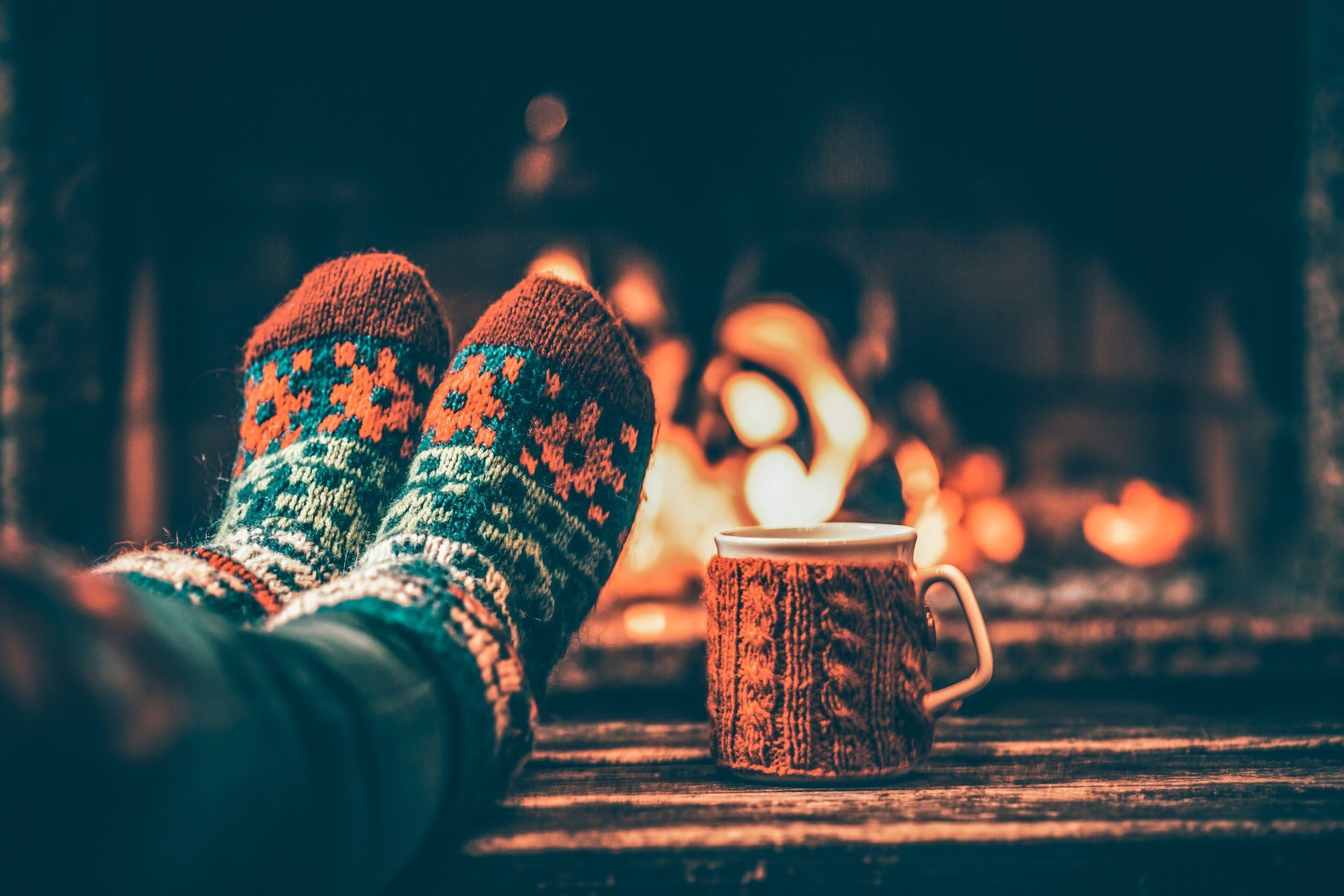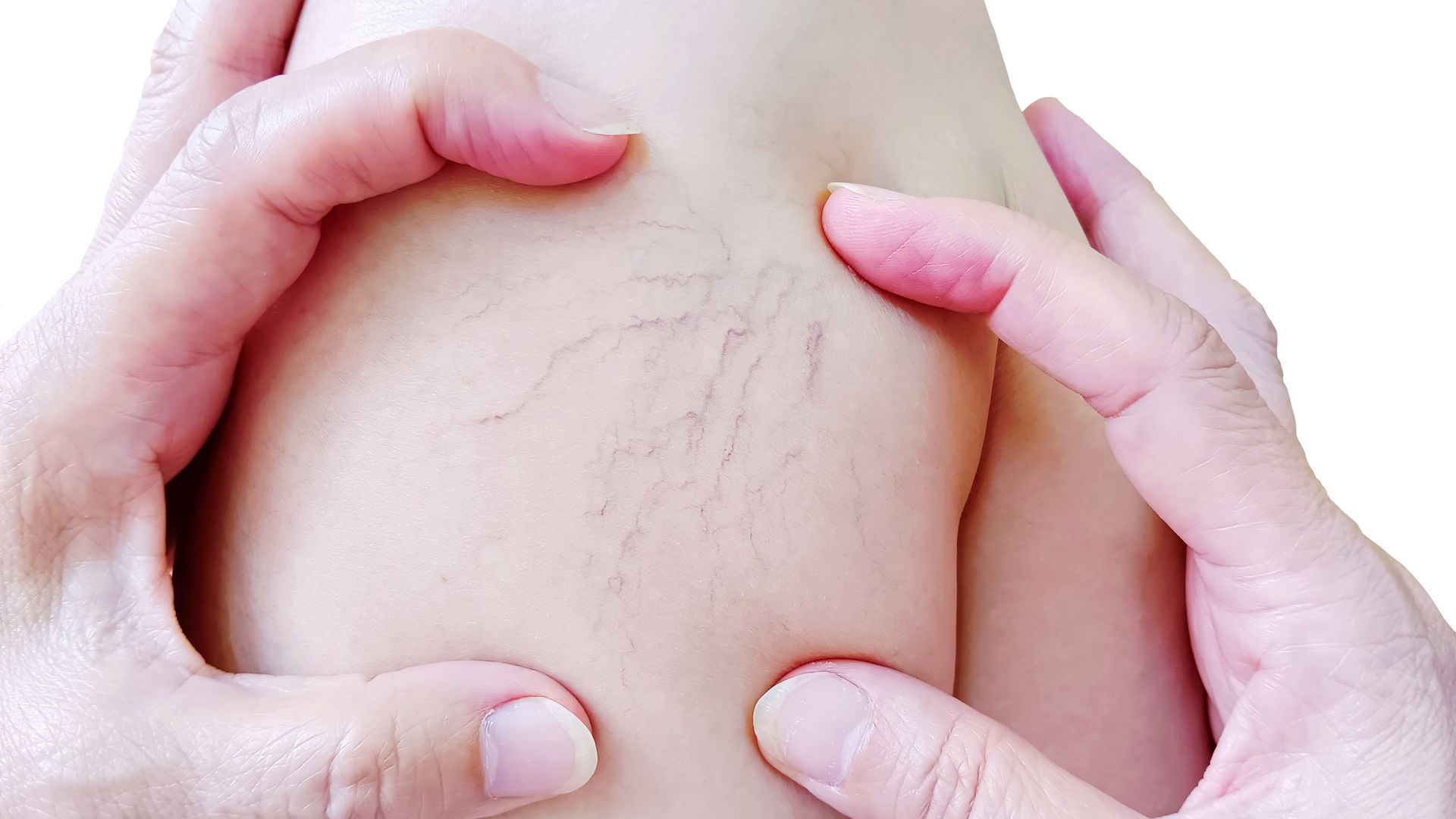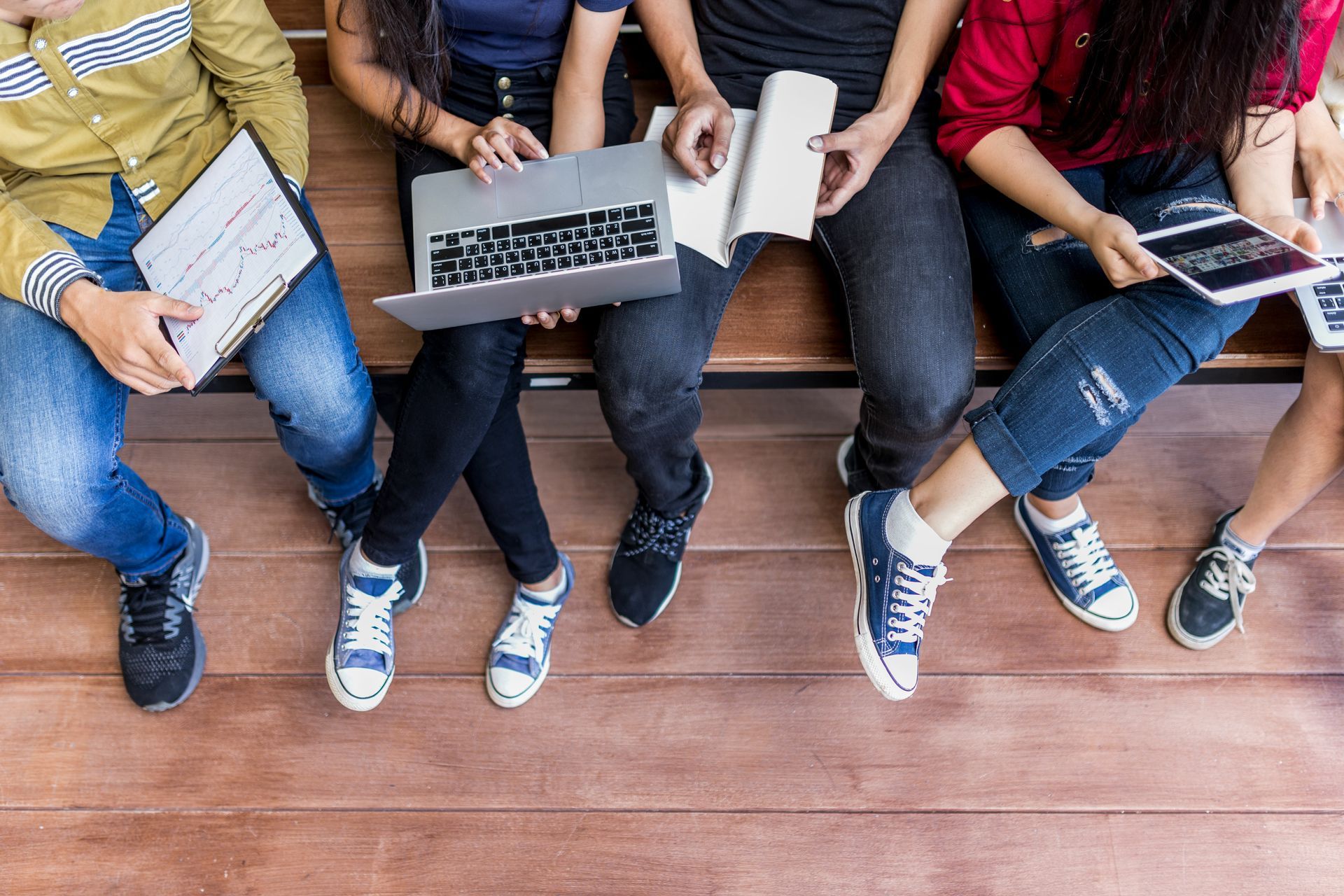April is Limb Loss Awareness Month: Understanding Vascular Disease and Its Impact
April brings awareness to a critical health concern affecting millions of Americans - limb loss due to vascular disease. Learn how conditions like PAD can lead to amputation and discover preventive strategies to protect your vascular health.
The Hidden Connection Between Vascular Disease and Limb Loss
Did you know that every day, approximately 500 Americans lose a limb due to vascular diseases? That's a staggering statistic, especially when you consider that many of these amputations could potentially be prevented with early intervention and proper vascular care.
As we recognize April as Limb Loss Awareness Month, it's the perfect time to explore the crucial connection between vascular health and limb preservation. At Ascent Vascular Specialists and Vein Center, we're committed to not just treating vascular conditions but educating our community about prevention strategies that can quite literally save life and limb.
Understanding Peripheral Arterial Disease (PAD) and Amputation Risk
Peripheral Arterial Disease (PAD) represents one of the most significant vascular threats to limb preservation. This condition occurs when arteries narrow, reducing blood flow to your extremities – particularly your legs and feet.
What Makes PAD So Dangerous?
PAD creates a perfect storm of conditions that can ultimately lead to limb loss:
- Reduced oxygen delivery: When blood can't efficiently reach tissues, cells begin to die
- Impaired wound healing: Even minor cuts or blisters can develop into non-healing wounds
- Increased infection risk: Poor circulation means fewer immune cells reach potential infection sites
- Progressive tissue death : In severe cases, this leads to gangrene, often requiring amputation
The statistics paint a concerning picture – up to 60% of non-traumatic lower limb amputations occur in people with diabetes, typically due to vascular complications. Even more alarming ,nearly half of individuals who undergo one amputation due to vascular disease will require a second amputation within 5 years without proper intervention.
.
Recognizing Vascular Disease Warning Signs
Early detection can dramatically reduce your amputation risk. Be alert for these warning signs that might indicate vascular problems:
Potential Signs of PAD or Other Vascular Conditions:
- Leg pain or cramping during activity (claudication) that subsides with rest
- Numbness or weakness in legs or feet
- Coldness in lower leg or foot, especially compared to the other side
- Sores on toes, feet, or legs that heal slowly or don't heal
- Shiny skin or changes in skin color on your legs
- Hair loss or slower hair growth on feet and legs
- Slower toenail growth
- Weak or absent pulse in legs or feet
- Erectile dysfunction (in men)
If you're experiencing any of these symptoms, especially if you have risk factors like diabetes, smoking history, or high blood pressure, consulting with a vascular specialist should be a priority.
The Vascular Disease-Diabetes Connection
The relationship between diabetes and vascular disease deserves special attention. High blood sugar damages blood vessels over time, making people with diabetes particularly vulnerable to vascular complications and subsequent limb loss.
In fact, people with diabetes are 15 times more likely to undergo a lower extremity amputation than those without diabetes. This connection is so strong that the term "diabetic vascular disease" is commonly used to describe this dangerous combination.
For those living with diabetes, proactive vascular care isn't optional – it's essential for limb preservation.
Prevention Strategies: Protecting Your Vascular Health
The good news is that many amputations due to vascular disease are preventable with the right approach. Here are effective strategies to protect your vascular health:
Daily Habits That Support Vascular Health
- Maintain healthy blood pressure and cholesterol levels through diet, exercise, and medication when prescribed
- Control blood sugar if you have diabetes – consistently keeping your A1C below 7% significantly reduces complications
- Stay physically active with regular walking or other exercises that promote circulation
- Quit smoking – smoking dramatically accelerates vascular damage and increases amputation risk
- Inspect your feet daily for cuts, blisters, or changes in appearance, especially if you have diabetes
- Wear proper footwear that protects your feet from injury
- Stay well-hydrated to support healthy blood flow
- Maintain a heart-healthy diet rich in fruits, vegetables, whole grains, and lean proteins
Professional Vascular Care
Beyond lifestyle modifications, professional vascular care plays a critical role in preventing limb loss:
- Regular vascular screenings can detect problems before symptoms appear
- Ankle-brachial index (ABI) testing is a simple, non-invasive way to check for PAD
- Prompt treatment of wounds or infections on the feet or legs
- Specialized foot care from podiatrists for at-risk individuals
- Advanced revascularization procedures that restore blood flow to compromised limbs
Living Well After a Vascular Diagnosis
A vascular disease diagnosis can be frightening, especially considering the potential risk of limb loss. However, with proper management, most people with vascular conditions can maintain an active, fulfilling lifestyle.
The key is becoming an active participant in your vascular health:
- Follow your treatment plan consistently
- Attend all follow-up appointments with your vascular specialist
- Report new or changing symptoms promptly
- Join support groups to connect with others facing similar challenges
- Work closely with your healthcare team to adjust your care plan as needed
Limb Loss Awareness: Supporting Those Affected
While prevention is ideal, it's also important to recognize and support the approximately 2 million Americans currently living with limb loss. During Limb Loss Awareness Month, consider:
- Learning about adaptive technologies that help people with limb loss maintain independence
- Supporting organizations that fund research and provide resources for those affected by limb loss
- Advocating for better insurance coverage of prosthetics and rehabilitation services
- Creating more accessible environments in your workplace and community
Partner with Ascent Vascular for Comprehensive Vascular Care
At Ascent Vascular, we understand the profound impact that vascular health has on quality of life and limb preservation. Our team specializes in the diagnosis of peripheral arterial disease as well as other vascular conditions.
If you're concerned about your vascular health or have risk factors for conditions like PAD, schedule a consultation with our experienced team. We'll work with you to develop a personalized care plan focused on maintaining healthy circulation and preventing complications like limb loss.
Don't wait until symptoms become severe – early intervention is key to preserving both function and quality of life when it comes to vascular conditions.
Conclusion: Take Action for Vascular Health This April
As we recognize Limb Loss Awareness Month this April, let's commit to better understanding the crucial connection between vascular disease and amputation risk. With proper knowledge, preventive care, and timely intervention, many amputations due to vascular conditions can be prevented.
Whether you're already managing a vascular condition or simply want to be proactive about your circulatory health, the specialists at Ascent Vascular Specialists & Vein Center are here to help. Contact us today to learn more about our comprehensive approach to vascular care
Remember: When it comes to vascular disease and limb preservation, knowledge truly is power – and early action saves limbs.
This article is for informational purposes only and should not replace professional medical advice. If you're experiencing symptoms of vascular disease or have concerns about your circulatory health, please consult with a qualified healthcare provider.











